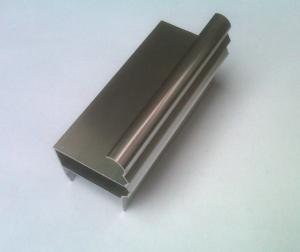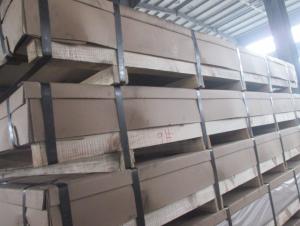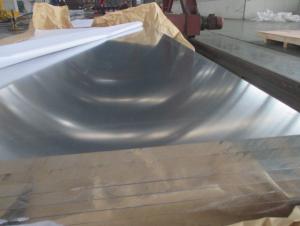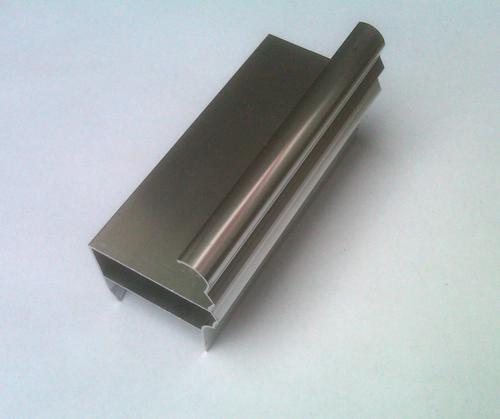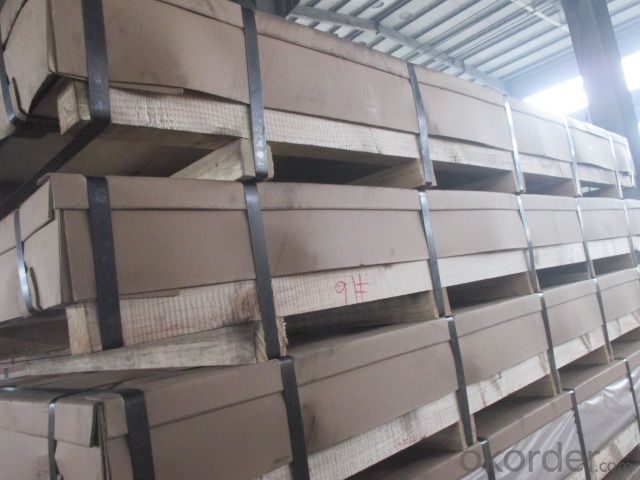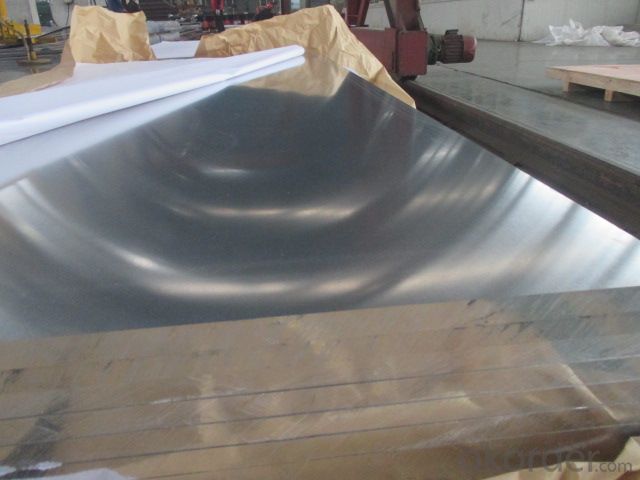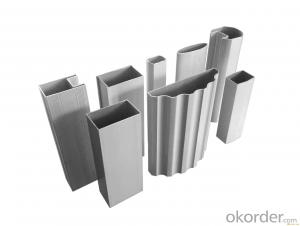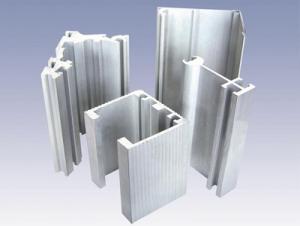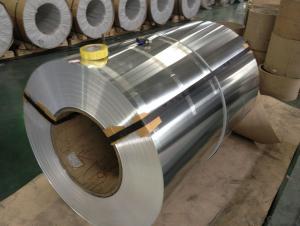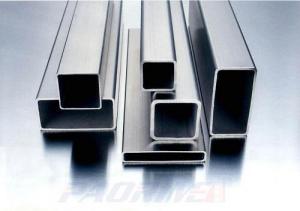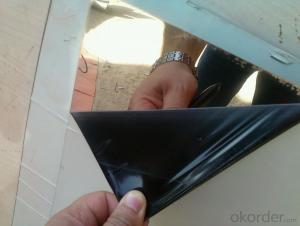Standard Aluminum Profiles - Aluminum Sheet Plate Stocks Warehouse Cold Rolled Price
- Loading Port:
- Shanghai
- Payment Terms:
- TT or LC
- Min Order Qty:
- 8 m.t.
- Supply Capability:
- 5000 m.t./month
OKorder Service Pledge
OKorder Financial Service
You Might Also Like
1.Structure of Product Description
Cold rolled aluminum sheet is widely used in the field of construction field and decoration field, etc.
There are many different grades, such as: 1000 series, 2000 series, 3000 series, 5052,5754,5083,6061,6063,8011, etc.
The temper is include H14, H22, H24, H44,H112,H114,etc.
2. Main features of the product
a.Competitive price
b.Frist-Class Service.
c. Shortest service.
3. Image.
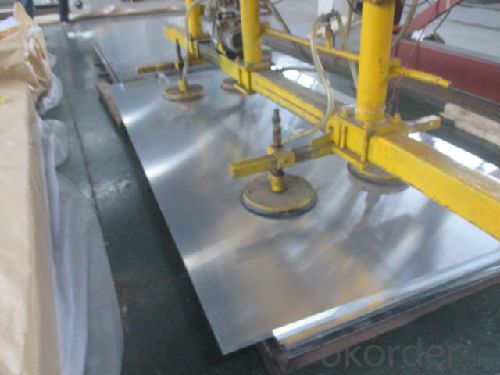

4. Product detailed sizes:
1000mm*2000mm, 1219mm*2438mm,1220mm*2440mm, 1250mm*2500mm,1500mm*3000mm, etc.
5. FAQ:
What is the quality standard?
---Usually our standard is GB3880-2006 or others.
What is the width range?
---It is from 1000mm to 2500mm, etc.
---Normally it is around 9000 tons totally.
Where is your client from?
---Normally it is from Japan, USA, ENGLISH, SINGAPORE, ETC.
What is your mainly products?
---Normally they are aluminum sheet, checkered sheet, mirror finish aluminium sheet, aluminum casting coil, etc.
- Q: Industrial aluminum profiles are generally used in what industry?
- Kunshan Austrian crown aluminum to tell you: mainly used in the manufacture of industrial production, such as automation equipment, covering the skeleton and the custom mold machinery and equipment according to their own requirements, such as assembly line conveyor belt, hoisting machine, glue machine, testing equipment, shelves and so on, electronic machinery industry and clean room with.
- Q: This question asks for a method to determine the quantity of aluminum extrusions required for a particular project.
- <p>To calculate the amount of aluminum extrusions needed for a specific project, follow these steps: 1. Determine the dimensions and design of the project to understand where and how aluminum extrusions will be used. 2. Calculate the length of each extrusion piece required based on the project's structure. 3. Multiply the number of pieces by the length of each piece to get the total length of aluminum needed. 4. Consider any additional factors such as waste, tolerances, and potential design changes. 5. Consult with an aluminum supplier or use specialized software for more precise calculations, especially for complex projects. Always account for a margin of error and additional material for contingencies.</p>
- Q: Everybody good: please look at this section of the aluminum can not buy ready-made standard parts. If the mold needs to be opened, is it the extrusion process? About how much is the die charge?. Thank you.
- You mold two boxes connected at a relatively small, may die requirements will be much higher, I do not know whether the price will be more expensive.
- Q: Can Linqu aluminum profile factory have 100 home?
- There should be, such as playing, such as small Huajian Albert, unknown is more to go.
- Q: What does T6 mean in aluminum alloy sections?
- In aluminium alloy section, T6 means heat treatment process. T6 solid solution heat treatment after artificial aging state, suitable for solid solution after heat treatment, no cold processing (for straightening and leveling, but does not affect the mechanical properties of the limit) the following product T1~T7 process:T1: artificial agingT2: annealingT4: solution treatment plus natural agingT5: solid solution treatment with incomplete artificial agingT6: solid solution treatment plus full artificial agingT7: solid solution treatment plus stabilization treatment
- Q: Inquire if aluminum profiles can be recycled locally or regionally and how to find more information about it.
- <p>Yes, aluminum profiles can be recycled both locally and regionally. Recycling aluminum is an efficient process that conserves resources and energy. To find out more about local recycling options for aluminum profiles, you can: 1) Contact your local waste management or recycling center to inquire about their services. 2) Search online for recycling facilities in your region that specialize in aluminum. 3) Reach out to local metal scrapyards, as they often accept aluminum for recycling. 4) Check with local environmental agencies or non-profit organizations focused on recycling for guidance and resources.</p>
- Q: Chengdu where to sell aluminum profiles of many businesses?
- This is what I learned on Baidu last year: look, maybe it will help you!Two days ago in the city to find the north gate, Xinshengda profile market have taken a little more, Sammy, the gold house electrical city only one sell Aluminum Alloy, Wanguan electrical didn't go to see, tailor steel city to ask a security guard said little or no 512, no Aluminum Alloy sold, only 512 of the next street there is a Aluminum Alloy sell (416 opposite the hospital).
- Q: How do aluminum profiles perform in terms of chemical resistance?
- Aluminum profiles generally have good chemical resistance, although their performance can vary depending on the specific chemicals involved. Aluminum is resistant to a wide range of acids, alkalis, and organic solvents. It also has excellent resistance to atmospheric corrosion, making it suitable for outdoor applications. However, aluminum is not resistant to all chemicals. It can be susceptible to corrosion in the presence of certain chemicals, particularly those with high acidity or alkalinity. Strong acids, such as hydrochloric acid or sulfuric acid, can cause corrosion of aluminum profiles. Similarly, strong alkalis, like sodium hydroxide or potassium hydroxide, can also attack aluminum. In addition to the specific type of chemical, the concentration and temperature of the chemical can also affect the performance of aluminum profiles. Higher concentrations and elevated temperatures can increase the likelihood of corrosion. To enhance the chemical resistance of aluminum profiles, they can be treated with various surface coatings or anodized. These treatments create a protective layer that improves resistance to corrosion caused by chemicals. In conclusion, while aluminum profiles generally have good chemical resistance, it is important to consider the specific chemicals involved, their concentration, and temperature when determining their suitability for a particular application.
- Q: Can aluminum profiles be used in the production of medical devices?
- Yes, aluminum profiles can be used in the production of medical devices. Aluminum is a lightweight and corrosion-resistant material that offers several advantages for medical applications. It can be easily machined, formed, and welded into various shapes and sizes, making it suitable for creating precise and complex components required in medical devices. Aluminum profiles also have excellent conductivity properties, which is essential for devices that require electrical connections. Additionally, aluminum is non-toxic, non-magnetic, and does not release harmful substances, making it safe for use in medical settings. It is widely used in the production of medical devices such as surgical instruments, hospital bed frames, wheelchair components, IV stands, and many others.
- Q: Can aluminum profiles be used in the production of automotive interiors?
- Yes, aluminum profiles can be used in the production of automotive interiors. Aluminum is a lightweight and durable material that offers numerous advantages for automotive applications. It is highly resistant to corrosion, which is essential for withstanding the harsh conditions within vehicles. Aluminum profiles can be used to create various components in automotive interiors, such as door panels, instrument panels, seat frames, and trim pieces. Additionally, aluminum profiles can be easily formed and shaped to meet specific design requirements, allowing for flexibility in automotive interior design. The use of aluminum profiles in automotive interiors can help reduce the overall weight of the vehicle, resulting in improved fuel efficiency and reduced emissions.
Send your message to us
Standard Aluminum Profiles - Aluminum Sheet Plate Stocks Warehouse Cold Rolled Price
- Loading Port:
- Shanghai
- Payment Terms:
- TT or LC
- Min Order Qty:
- 8 m.t.
- Supply Capability:
- 5000 m.t./month
OKorder Service Pledge
OKorder Financial Service
Similar products
Hot products
Hot Searches
Related keywords
